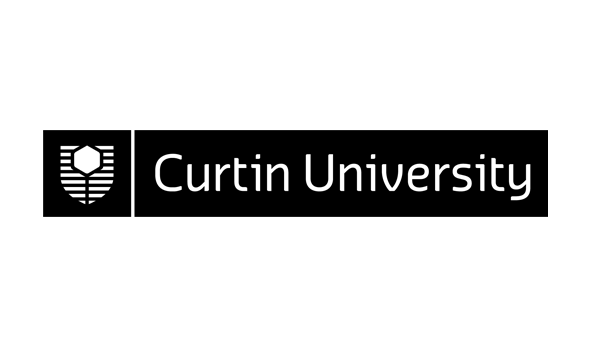4777 (v.3) X-Ray Diffraction 302
| Area: | Department of Applied Physics |
|---|---|
| Credits: | 12.5 |
| Contact Hours: | 4.0 |
| ** The tuition pattern below provides details of the types of classes and their duration. This is to be used as a guide only. For more precise information please check your unit outline. ** | |
| Lecture: | 1 x 1 Hours Weekly |
| Practical: | 1 x 1.5 Hours Weekly |
| Workshop: | 1 x 8 Days Yearly |
| Prerequisite(s): |
8127 (v.6)
Advanced Calculus 201
or any previous version
AND 9765 (v.4) Quantum and Statistical Physics 301 or any previous version |
| Syllabus: | Powder diffraction principles, practice and applications - crystallography, specimens, instrumentation, identification analysis and phase analysis. Rietveld analysis. Crystallography basics, including space groups. Diffraction science: single crystal diffraction. Simulation of single crystal intensities: calculating structure factors. Crystal structure data bases (ICSD data base). Instrumental: Specimen requirements and preparation. The Bragg-Brentano diffractometer: optical design/alignment. Operating conditions: choice of generator settings, x-ray tube, slits, detector settings and electronics. Data reduction. Absorption, information depth. Preferred orientation. Extinction. Stacking faults. Identification methods. Search/match analysis with the PowderDiffraction File. Phase Composition Analysis: traditional single-peak and multi-peak methods for thick and thin samples, including the MNI method. Rietveld phase composition analysis. Rietveld Pattern Fitting: Rietveld analysis for crystal structure refinement, cell parameters, phase analysis, texture characterisation, strain analysis, crystallite size analysis. Other methods: Line broadening determination of crystallite size, strain and stacking faults. Texture assessment, crystallinity. Grazing. |
| ** To ensure that the most up-to-date information about unit references, texts and outcomes appears, they will be provided in your unit outline prior to commencement. ** | |
| Field of Education: | 010301 Physics |
| SOLT (Online) Definitions*: | Informational *Extent to which this unit or thesis utilises online information |
| Result Type: | Grade/Mark |
Availability
| Year | Location | Period | Internal | Partially Online Internal | Area External | Central External | Fully Online |
|---|---|---|---|---|---|---|---|
| 2010 | Bentley Campus | Semester 1 | Y |
Area External refers to external course/units run by the School or Department or offered by research.
Central External refers to external and online course/units run through the Curtin Bentley-based Distance Education Area
Partially Online Internal refers to some (a portion of) learning provided by interacting with or downloading pre-packaged material from the Internet but with regular and ongoing participation with a face-to-face component retained. Excludes partially online internal course/units run through the Curtin Bentley-based Distance Education Area which remain Central External
Fully Online refers to the main (larger portion of) mode of learning provided via Internet interaction (including the downloading of pre-packaged material on the Internet). Excludes online course/units run through the Curtin Bentley-based Distance Education Area which remain Central External

